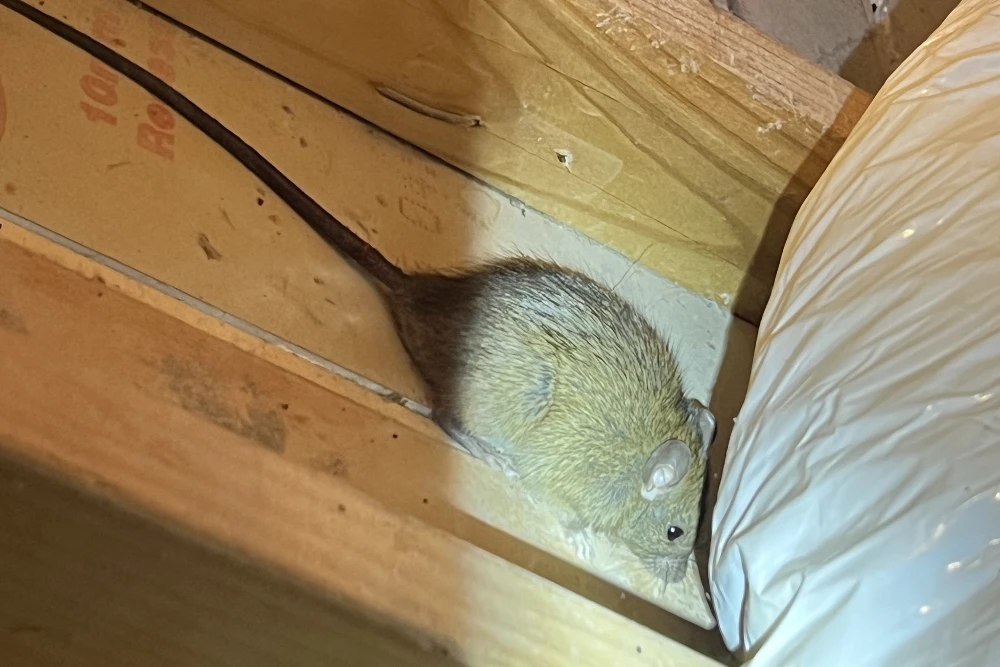The scratching sounds in your walls at night aren’t just disturbing your sleep—they signal a potentially serious health hazard developing in your home. Melbourne’s diverse urban landscape and temperate climate create perfect conditions for rodent populations to thrive year-round. Professional rodent removal in melbourne requires a systematic approach that addresses not just existing infestations but also prevents future invasions. Without proper intervention, these unwelcome guests can cause electrical fires through wire chewing, contaminate food supplies, and spread diseases including leptospirosis and hantavirus—risks that no homeowner should ignore.
Identifying Your Unwanted Guests
Before implementing any removal strategy, you’ll need to determine exactly what type of rodent has taken residence in your home. Melbourne properties typically face invasions from three main culprits: the house mouse, black rat, and brown rat.
House mice leave small, rod-shaped droppings about 3-6mm long and have a distinctive musky odor. They’re exceptional climbers and can squeeze through gaps as small as a pencil diameter. Black rats (also called roof rats) leave larger droppings and prefer elevated nesting locations in roof cavities. Brown rats leave droppings up to 20mm long and typically burrow around foundations or under garden structures.
The identification step matters tremendously because effective baiting and trapping strategies differ between species. Misidentification wastes valuable time while the infestation grows worse.
Comprehensive Property Assessment
Walk your property’s perimeter paying close attention to areas where utilities enter your home. These entry points often provide convenient rodent highways inside. Inspect your roof for damaged tiles or gaps in fascia boards—black rats particularly favor these access points.
Inside, examine kitchen kickboards, the spaces behind appliances, and storage areas for droppings, gnaw marks, or grease smudges (created as rodents travel repeatedly along the same path). Melbourne’s older homes, particularly in suburbs like Fitzroy and Carlton, often have legacy structural issues that create perfect entry corridors.
Document all potential entry points—even those as small as a 10-cent coin—for sealing during the exclusion phase.
Strategic Trap Placement
Contrary to popular belief, random trap placement yields poor results. Rodents are neophobic (fearful of new objects) and tend to travel along established pathways close to walls.
Place snap traps perpendicular to walls with the trigger end facing the wall. For best results, leave unset traps with bait for 2-3 days before activating them. This overcomes the rodents’ initial suspicion of new objects. Peanut butter, chocolate, or dried fruit make effective baits for Melbourne’s rodent species.
For severe infestations, create a comprehensive trapping grid with traps placed every 2-3 meters along established runways. Melbourne’s heritage-listed properties often require more extensive trapping due to their numerous structural hiding places.
Baiting Considerations For Melbourne Conditions
Melbourne’s relatively humid environment affects bait efficacy. Weatherproof block baits work better than grain-based alternatives in damp areas like crawlspaces or outdoor bait stations.
When using rodenticides, always place them in tamper-resistant bait stations to prevent accidental poisoning of children, pets, or native wildlife. Victoria’s environmental regulations specifically protect native animals that might accidentally consume rodenticides.
Single-feed anticoagulant baits can be effective but remember that rodents may die in inaccessible areas, creating odor problems. Multiple-feed anticoagulants reduce this risk as rodents typically return to their nests before the poison takes effect.
Exclusion Techniques For Lasting Results
Removing current rodents without preventing re-entry simply creates a temporary solution. Use steel wool, concrete, or specialized expanding foam to seal entry points permanently.
For weatherboard homes common in Melbourne suburbs, pay special attention to the junction between walls and floors. Install door sweeps on exterior doors and ensure window screens remain intact. Metal kick plates on wooden doors prevent rodents from gnawing their way inside.
Melbourne’s older sewer systems sometimes provide rodent highways—consider installing one-way valves on external drainage pipes if you suspect this route of entry.
Environmental Modifications
Reduce habitat attractiveness by keeping firewood elevated at least 30cm off the ground and 5m from structures. Trim vegetation to create a 1-meter clearing around your home’s perimeter. Melbourne’s native plantings can remain while still maintaining this defensive gap.
Bird feeders frequently attract rodents—if used, place them away from the house and clean up spilled seed daily. Secure compost bins with hardware cloth underground to prevent burrowing access.





